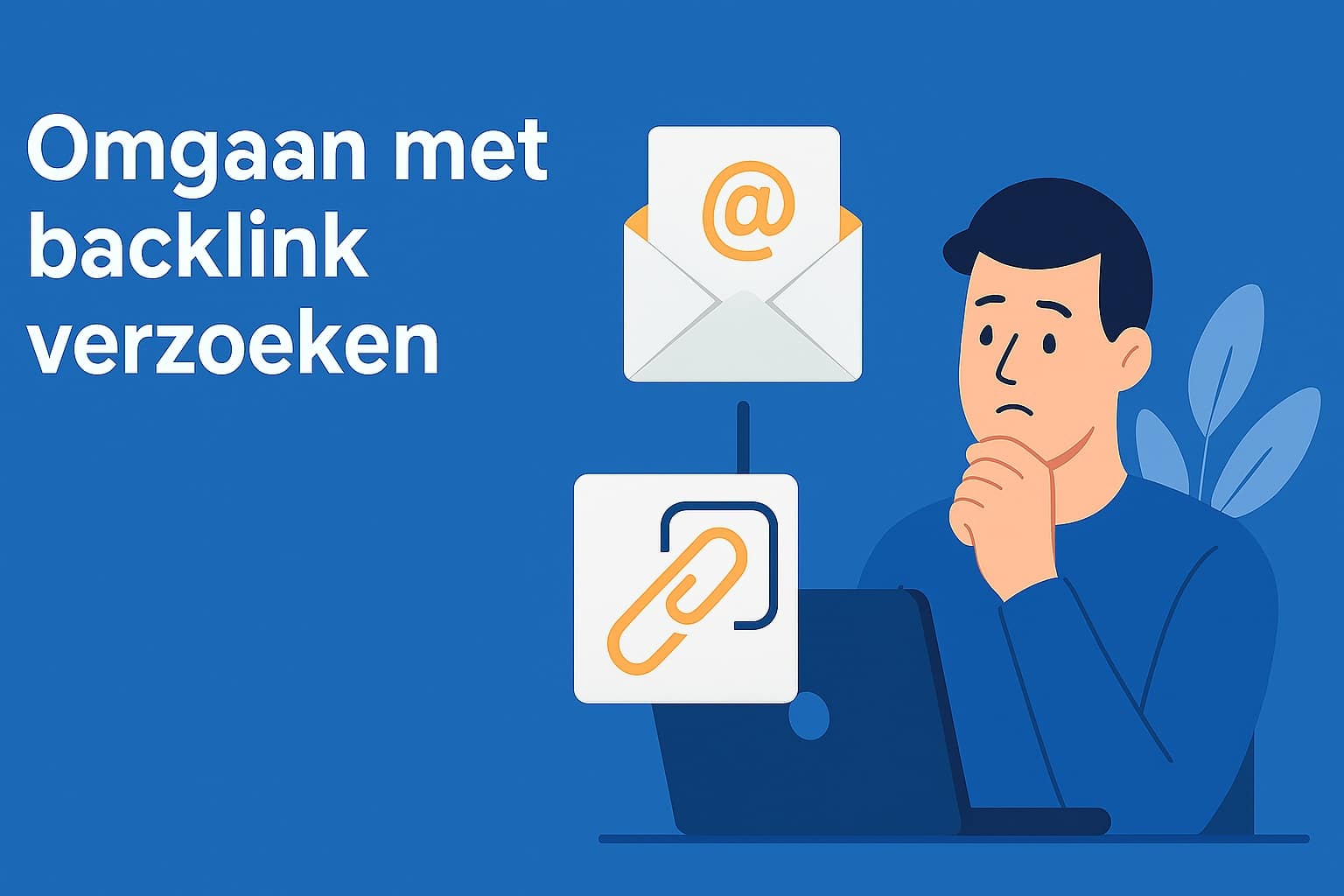Dealing with backlink requests
If you have been running a website for some time and have an email address there, you will undoubtedly be confronted with requests to exchange backlinks. In this blog post, we want to take a look at how to deal with this and what to look out for.
Backlinks will still be a valuable commodity in 2025, but you need to make sure that they are relevant and valuable. Collecting backlinks yourself is often an art in itself, but what do you do with all the backlink requests you receive on your website? You can find all the tips in the following steps.
99% of requests can go straight to the trash
Like so many things on the internet, most of the requests that come in are SPAM or otherwise irrelevant. It's important to only link to trusted sites and get links back. The reason for this is that it can cause damage on both sides. The damage is usually a lower ranking in search engines like Google. And your position and reputation in it.
For this reason, it is important not to link to everyone, and keep in mind that 99% of the requests that come in can be considered SPAM. Use the following checklist to determine if a backlink is or could be considered SPAM:
Look at the email address
. If you receive the request via your e-mail address, always look at the sender first. Is it a free email address, e.g. from providers such as Gmail or Outlook, or is it from a provider you don't know? Then it can be moved to the trash immediately. A website owner who has not set up their own email address is not reputable. Also, third parties are often used to generate backlinks, which will also apply to most of them.
Take a look at the website/domain from which the request originates
In addition to the sender, which can already be a good indication, the domain name to which the link is made is also often an indication of the relevance of the request. Does the domain name have nothing to do with your industry? Or is the topic of the website completely irrelevant? Then it also belongs in the trash. Always be careful when you visit the websites mentioned. They may not only contain SPAM, but also dangers such as malware or viruses. If in doubt, delete them immediately and only ever open websites that interest you in a secure browser.
Take a look at the content of the email itself
The content or text of the email also provides information on whether it is a legitimate request or SPAM. Are you addressed with your name or the contact information of your website? Or are you only addressed with a general greeting? If the latter is the case, then they have not done any research into who is behind the website and have therefore often just sent random emails to website owners. Such requests can also go straight to the trash.
Spelling mistakes and other unprofessional references also fall under SPAM.
The 1% continue to evaluate whether you want to exchange links with them
Once you have filtered out most of them using the steps above, you can go on to decide whether the backlink exchange is a good idea. The domain name that matters should be checked with Ahrefs' backlink checker, for example. This will give you an impression of whether it is already a "strong" domain name or whether it still offers little added value. You can also consider whether you see a future in the domain name and the website and whether this makes sense as a long-term investment.
Of course, you know your industry best and can use your experience to determine whether you see a future for the requested website. Working with acquaintances and others in the industry can be a way to get both parties to the top.
Do you receive a lot of backlink requests for your website? Or do you filter them out by default in your email address? Let us know how you deal with this and what your experiences have been!
Are you still looking for cheap and fast hosting for your next project? Then take a look at the hosting packages at MijnHostingPartner.nl for more information and to get started right away!
